How is lung stenting performed
A stent is a hollow tube that can be placed in your airway to widen the narrowed airway and help you breathe. The stent can be placed in the bronchus or trachea depending on the location of stenosis. Your trachea is the tube carrying air from your mouth and nose to the lungs, and your bronchi are the tubes branching off from your trachea and leading to various parts of the lungs. Stents can be made out of various materials such as silicon and metal and come in various shapes and sizes. A computed tomography (CT) scan would help your doctor decide which type of stent suits you best. The present article is concerned with lung stenting.
Dr. Arda Kiani performs lug stenting in Iran. You may find his explanations on lung stenting in the following video:
Your stent will be placed through a procedure called a bronchoscopy, during which the doctor places a flexible camera called the bronchoscope in your trachea or bronchus through your nose or mouth. The bronchoscope allows the doctor to monitor your airways as he places your stent.

How is lung stenting performed?
The doctor first inserts an IV catheter into your vein, typically an arm or hand vein. The IV will initially deliver fluids and later be used to administer anesthesia. After being anesthetized, the doctor will place the bronchoscope in your mouth or nose and move it slowly down your throat and into your trachea and bronchi. The doctor will steer the stent through fluoroscopy (a type of X-ray). The doctor can also perform a lung tissue biopsy during this procedure if necessary.
Post-stenting care
You will have a sore throat for one or two days after stenting. To help manage any discomfort or pain:
- Avoid smoking and spicy food
- Eat soft food
- Eat ice chips
- Use over-the-counter pain relievers such as acetaminophen (Tylenol®)
Let your doctor know about any intense or worsening pain to prescribe you other pain relievers.
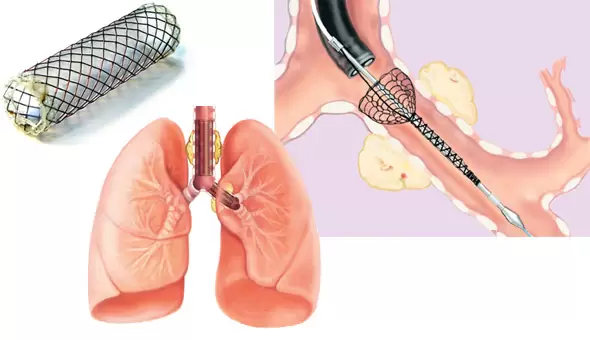
What are the possible complications of stenting?
Your stent is held in its place under pressure. There is a slight chance that your stents move as the inflammation due to the surgery reduces. Stent movement causes sudden coughing or shortness of breath. In such cases, contact your doctor immediately. Mucus that may obstruct your airways could accumulate inside the stent. Depending on the stent type, tissue may grow into it and narrow it down. Using a nebulizer could prevent such incidents.
Final words
Many diseases or complications may narrow or obstruct your airways, causing shortness of breath. A stent is a hollow tube that can be placed in your airway to widen the narrowed airway and help you breathe. Your stent will be placed through a procedure called a bronchoscopy, during which the doctor places a flexible camera called the bronchoscope in your trachea or bronchus through your nose or mouth.
-

problems of patients and the medical community
27 خرداد 1402 -
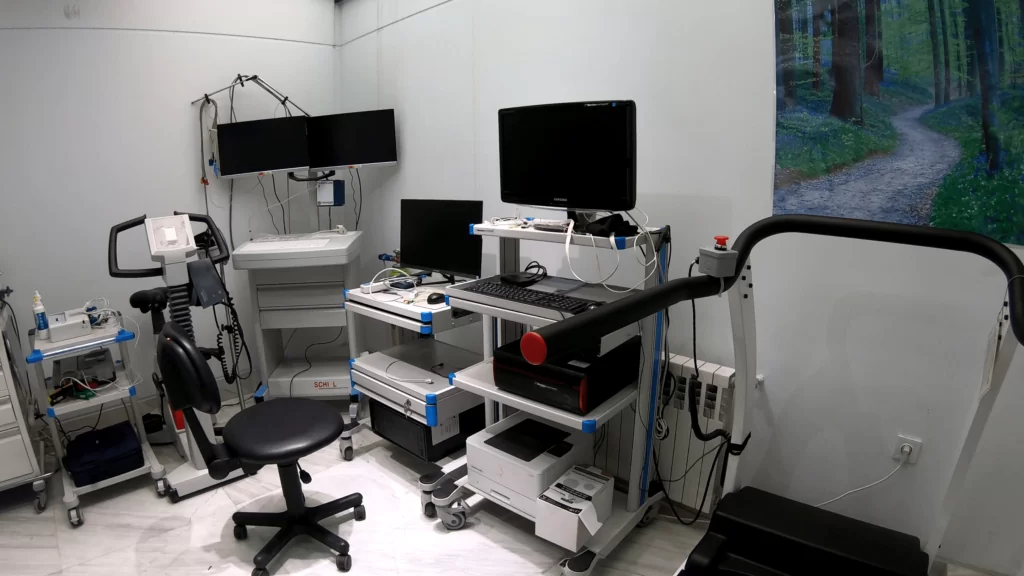
Lung clinic
8 خرداد 1402 -

Long COVID
8 خرداد 1402 -
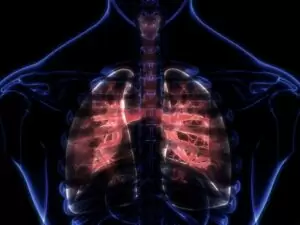
Sarcoidosis Clinic
8 خرداد 1402 -
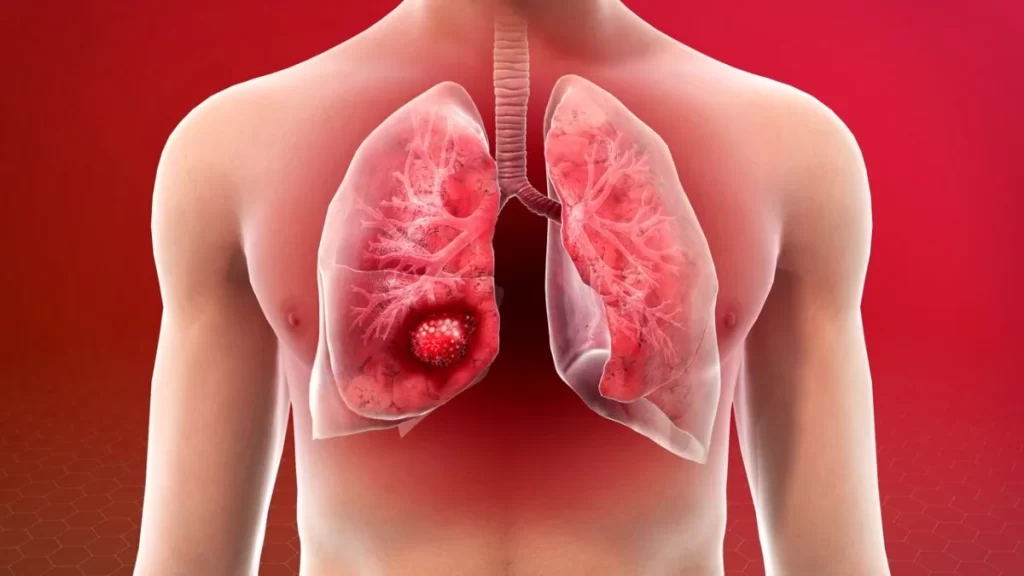
?What is lung cancer, and how is it treated
8 خرداد 1402 -
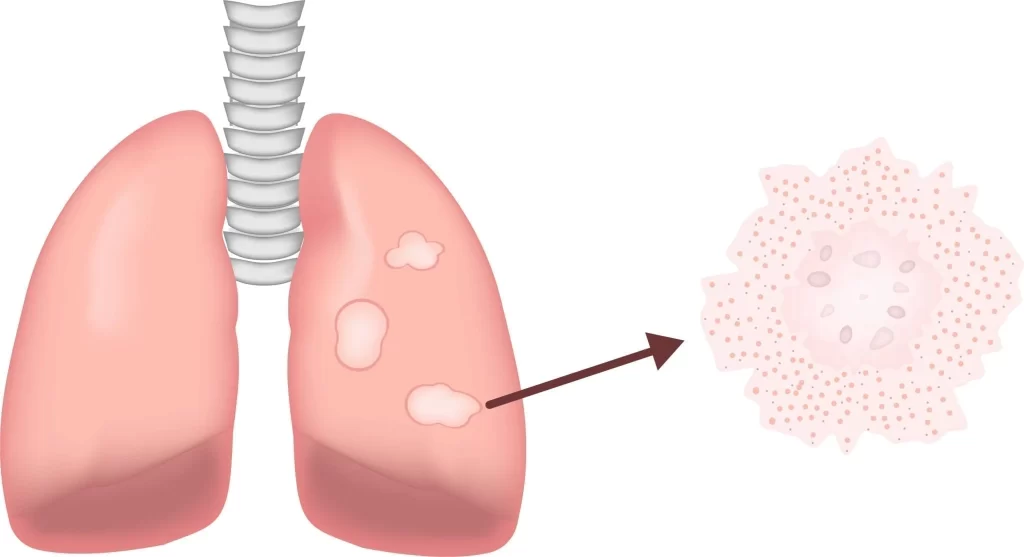
Sarcoidosis and pulmonary fibrosis
8 خرداد 1402 -

What exactly is foreign body aspiration?
8 خرداد 1402 -

How are pulmonary function tests؟
8 خرداد 1402 -

Everything you require to know about the polysomnography
8 خرداد 1402 -

?How is pulmonary rehabilitation carried out
8 خرداد 1402





